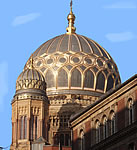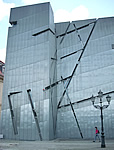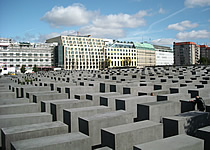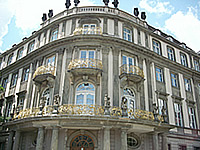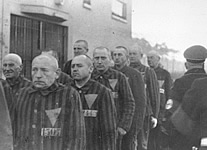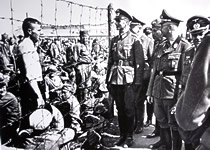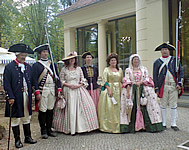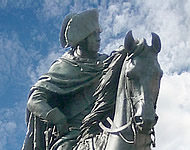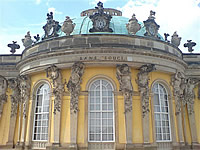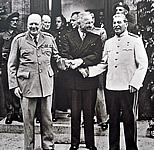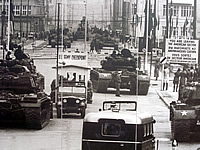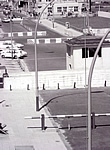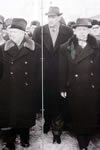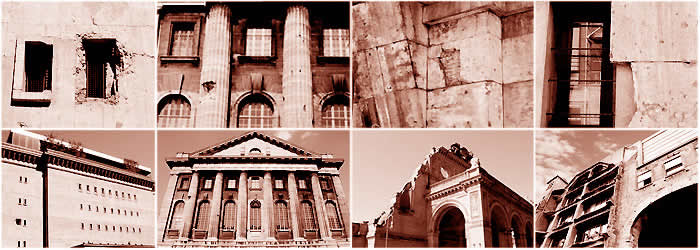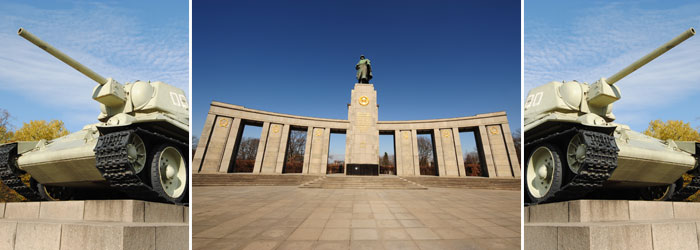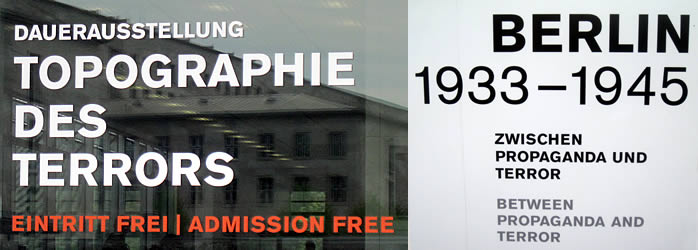HITLER'S BERLIN - The Imperial Capital during National Socialism
- THE NAZIS´COMMAND CENTRE Hitler's notorious bunker
- TOPOGRAPHY OF TERROR EXHIBITION The Gestapo cellars
- GERMANIA Plans for a new imperial capital.
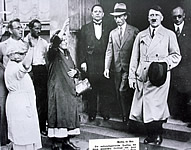

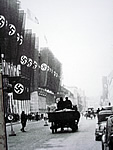

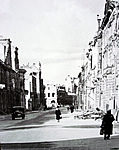

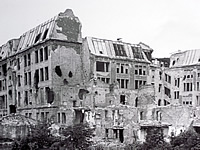
Hitler's suicide in his so-called `Führerbunker´ on April the 30th, 1945, marked the end of the Second World War in Europe, and thus the de-facto end of the Third Reich in Germany. Eight metres below ground, and with walls four metres thick, the combined internal floor space of the `Vorbunker´, as well as the `Führerbunker´ itself, amounted to about 15 by 20 metres, with ceilings at a height of more than 3 metres. This, the location of Germany's most famous and notorious underground installation, where Hitler's body was cremated, is to this day shrouded in legend. What can be seen of the former Reich Chancellery and Führerbunker? Our subject-based tour shows you this historic location, as well as the Holocaust Memorial, the Topography of Terror exhibition on the site of the former Gestapo headquarters, and, in cooperation with the BERLINER UNTERWELTEN organisation, genuine World War II underground installations.





